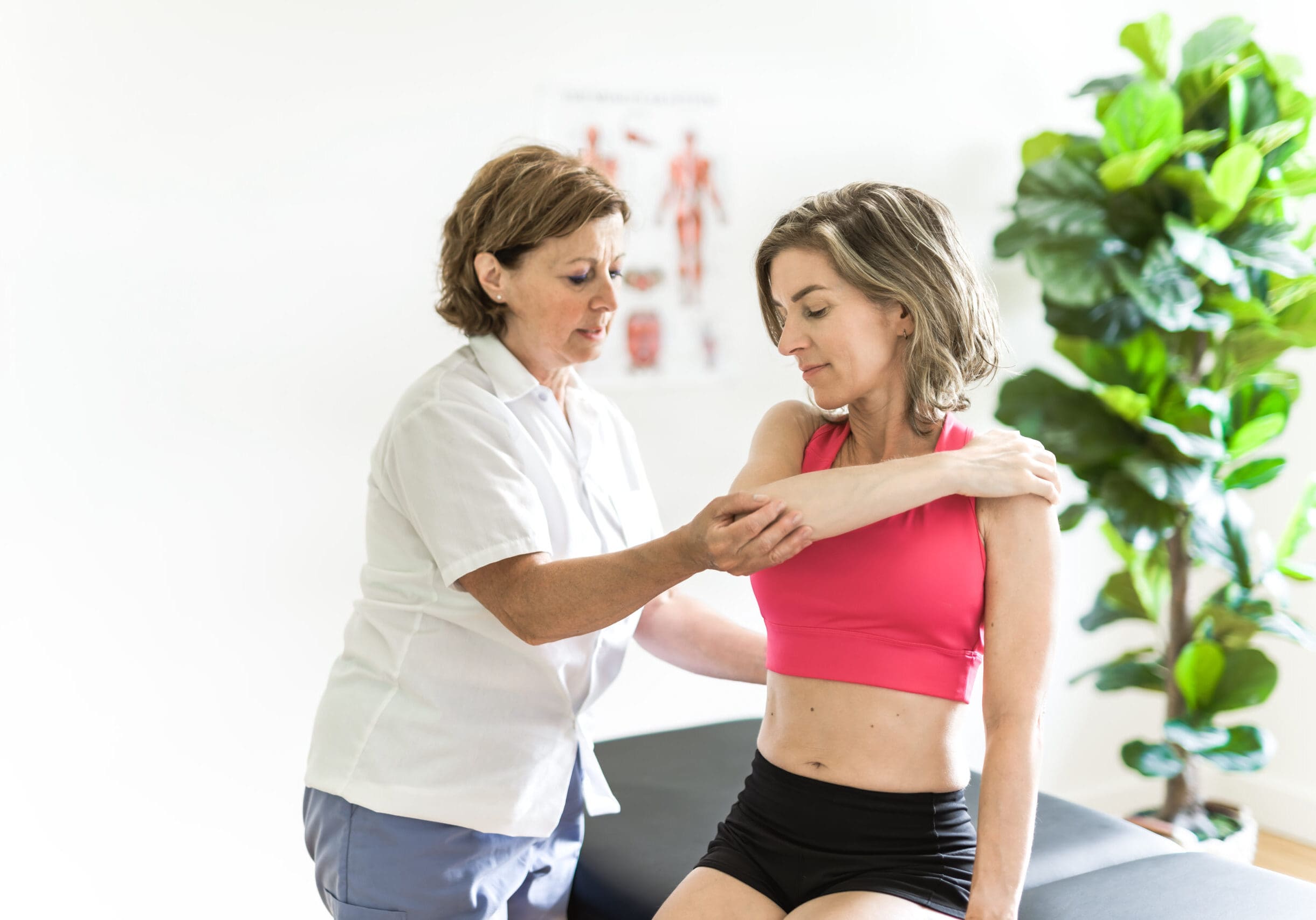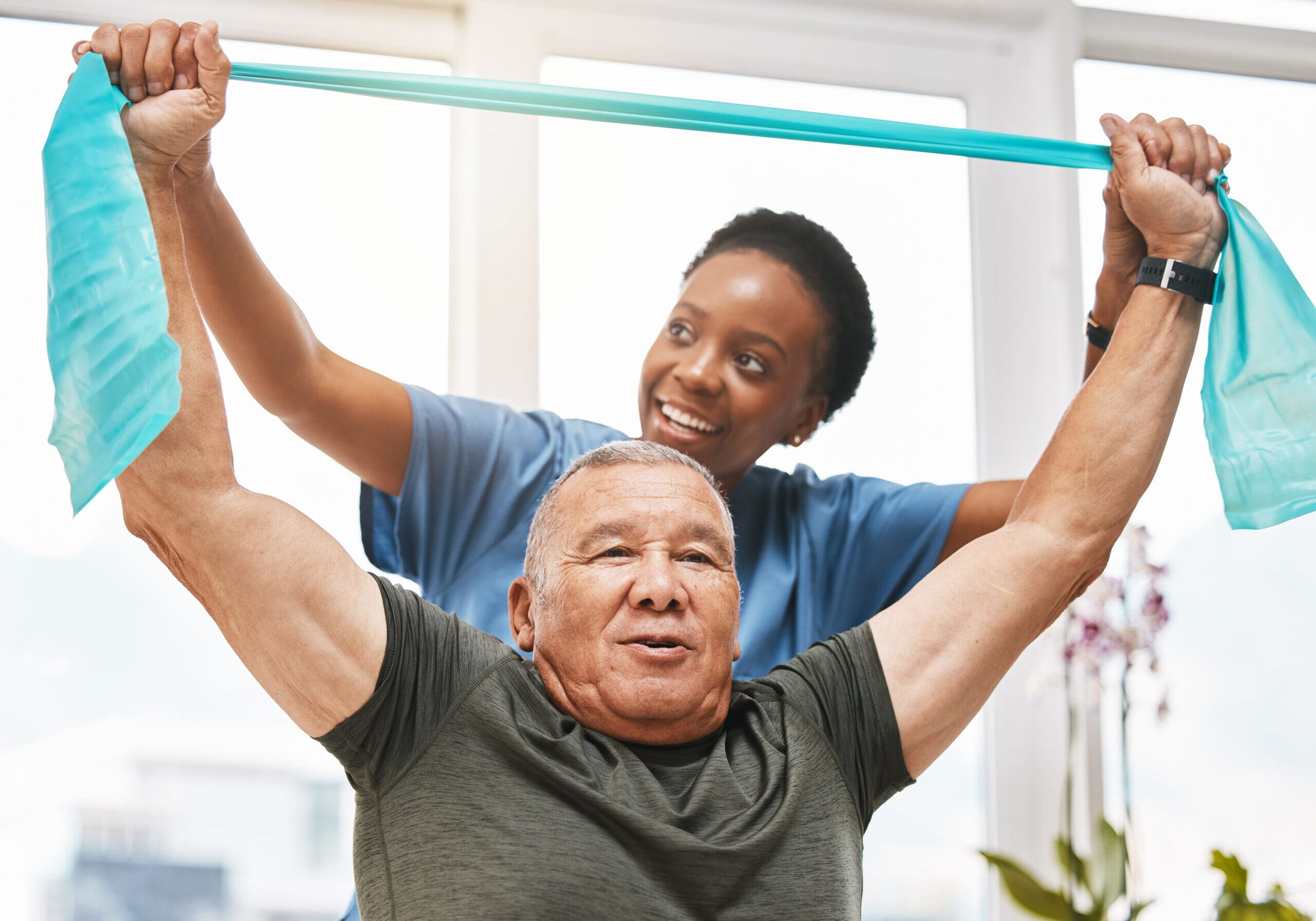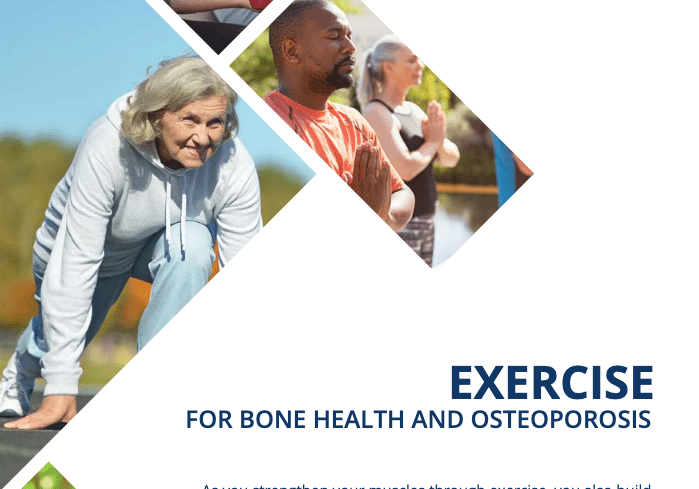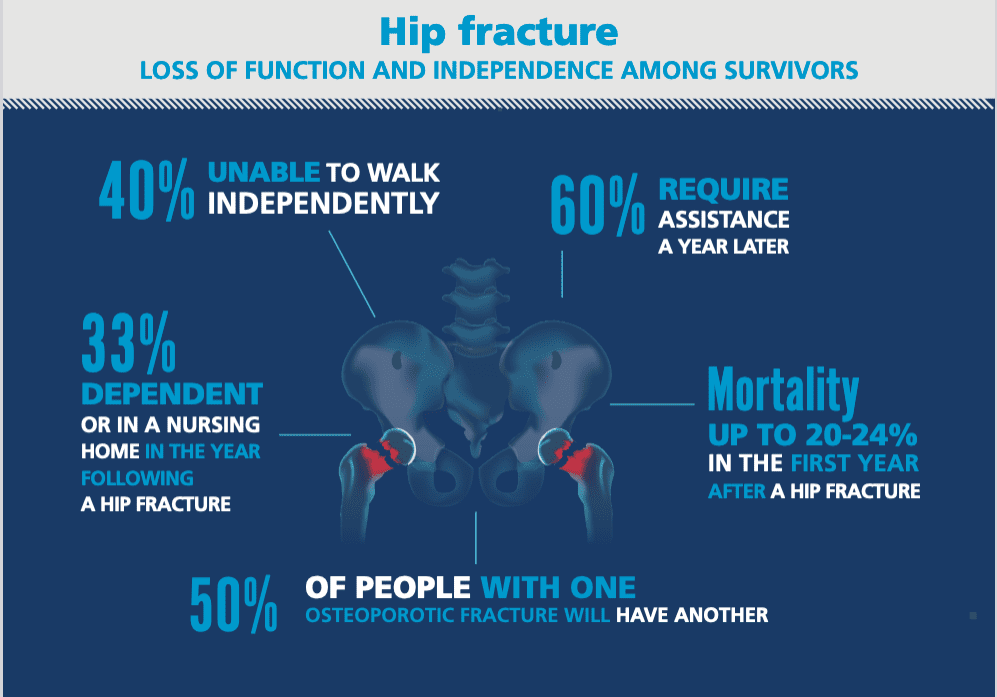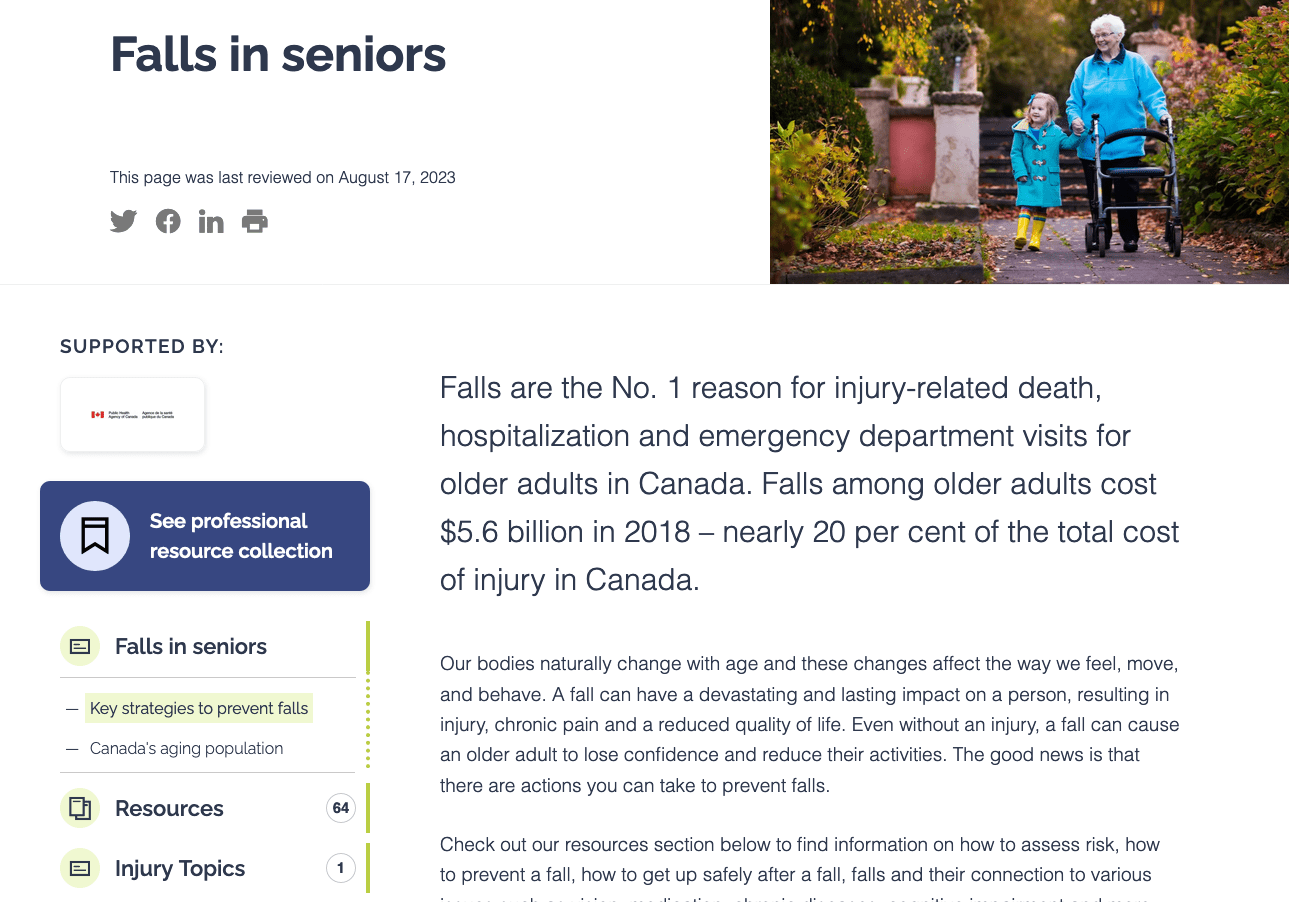
Exercise Recommendations for Preventing Falls and Fractures in Older Adults
From the 2023 Clinical practice guidelines here are some exercise recommendations to help prevent falls and fractures in older adults, particularly postmenopausal females and males aged 50 years and older:
- Functional and Balance Training: Evidence suggests that exercises focusing on balance and functional abilities, like standing on one leg, can significantly reduce the risk of falling and the number of people who fall in this age group. This kind of training may also improve your quality of life and how well you can perform physical tasks.
- Resistance Training: Doing resistance exercises, which involve using weights or resistance bands, can improve your quality of life, physical abilities, bone density, and even reduce the risk of mortality. When combined with balance training, it can also lower the chances of falling.
- Targeted Exercises for Specific Conditions: If you have issues like hyperkyphosis (excessive forward curvature of the spine), exercises that target your abdominal, back extensor, and shoulder muscles may help improve spinal curvature, quality of life, physical functioning, and strength.
- Walking: Regular walking might lower the risk of death in older adults. However, it's not clear how walking affects the risk of fractures, falls, quality of life, physical abilities, or potential harm in people who are at risk of fractures.
- Impact Exercise: Certain forms of high-impact exercise can improve bone density, physical abilities, and may even reduce the risk of death. But the full benefits of these exercises are not clear when done alone, as they are often combined with other types of exercise.
- Yoga and Pilates: These exercises can enhance physical functioning and quality of life in older adults. However, their effects on bone density, falls, and fractures are uncertain, especially for those at risk of fractures.
Specific Recommendations
Recommendations provide guidance on exercise and nutrition for fall and fracture prevention in postmenopausal females and males aged 50 years and older, based on the strength of the evidence and expert consensus.
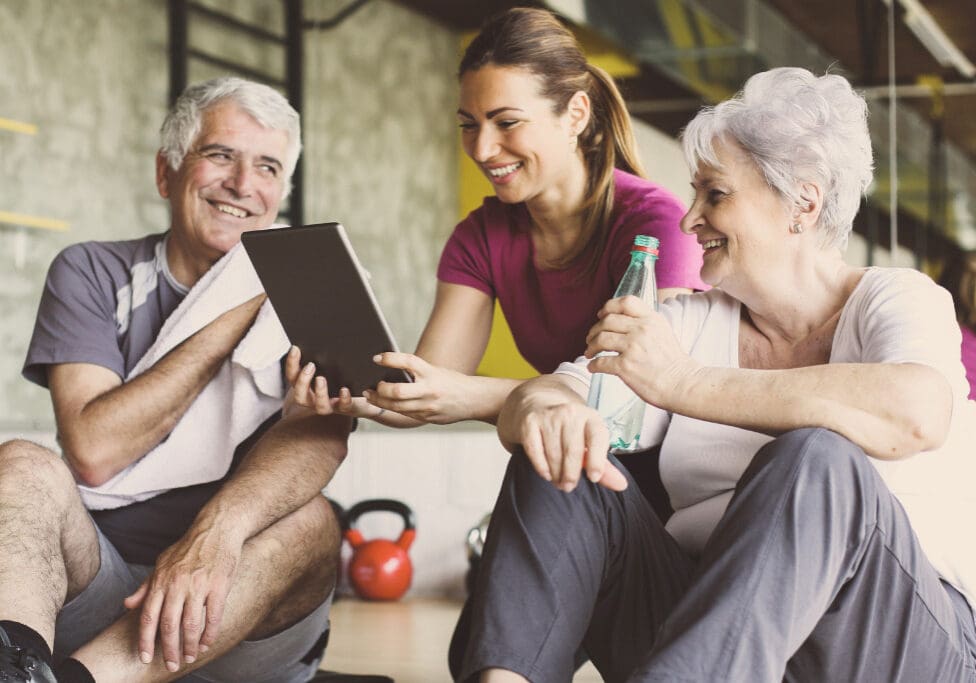
1.1. Recommend balance and functional training ≥ twice weekly to reduce the risk of falls.
2.1. For individuals meeting the recommended dietary allowance for calcium with a variety of calcium-rich foods, suggest no supplementation to prevent fractures.
2.2. Suggest following Health Canada’s recommendation on vitamin D for bone health.
1.2. Suggest progressive resistance training ≥ twice weekly, including exercises targeting abdominal and back extensor muscles.
1.3. Suggest that individuals who want to participate in other activities (e.g., walking, impact exercise, yoga, Pilates) for enjoyment or other benefits be encouraged to do them, if they can be done safely or modified for safety. Encourage other activities in addition to, but not instead of, balance, functional, and resistance training.
1.3. Suggest that individuals who want to participate in other activities (e.g., walking, impact exercise, yoga, Pilates) for enjoyment or other benefits be encouraged to do them, if they can be done safely or modified for safety. Encourage other activities in addition to, but not instead of, balance, functional, and resistance training.
1.4. Modify activities that involve rapid, repetitive, sustained, weighted, or end range-of-motion twisting or flexion of the spine, especially in individuals at high risk of fracture.
1.5. When available, seek advice from exercise professionals with training in osteoporosis for exercise selection, intensity, and progression, and activity modification, especially after a recent fracture or if there is a high risk of fracture. When not available, refer to Osteoporosis Canada resources.
1.5. When available, seek advice from exercise professionals with training in osteoporosis for exercise selection, intensity, and progression, and activity modification, especially after a recent fracture or if there is a high risk of fracture. When not available, refer to Osteoporosis Canada resources.
bonefit.ca
osteoporosis.ca
